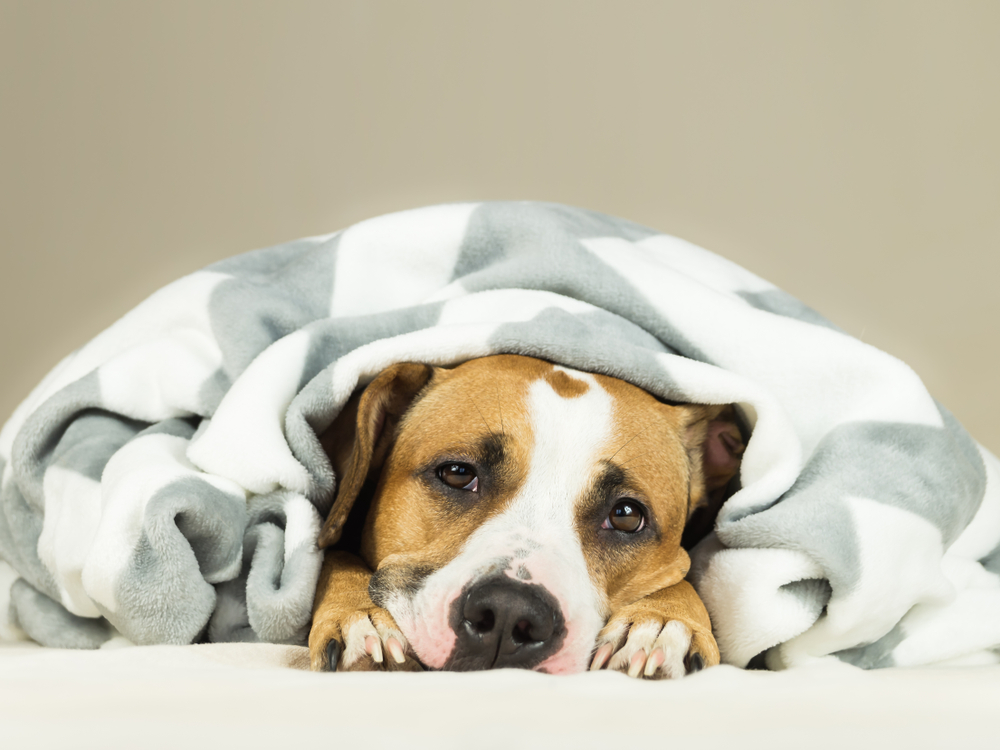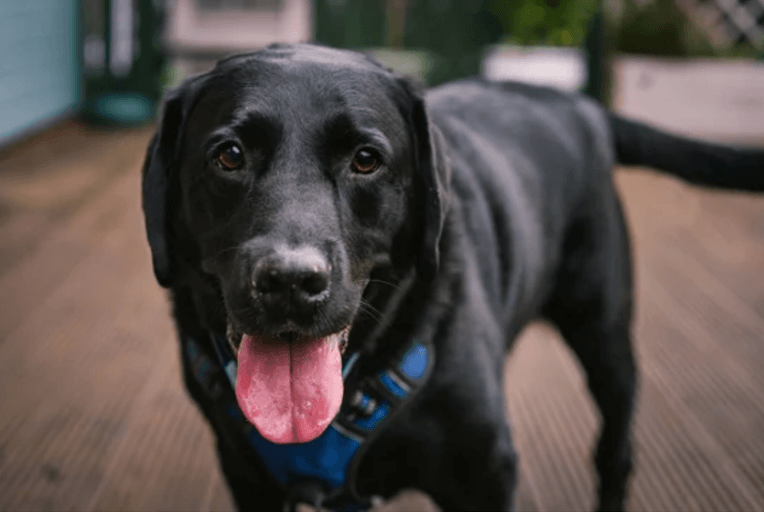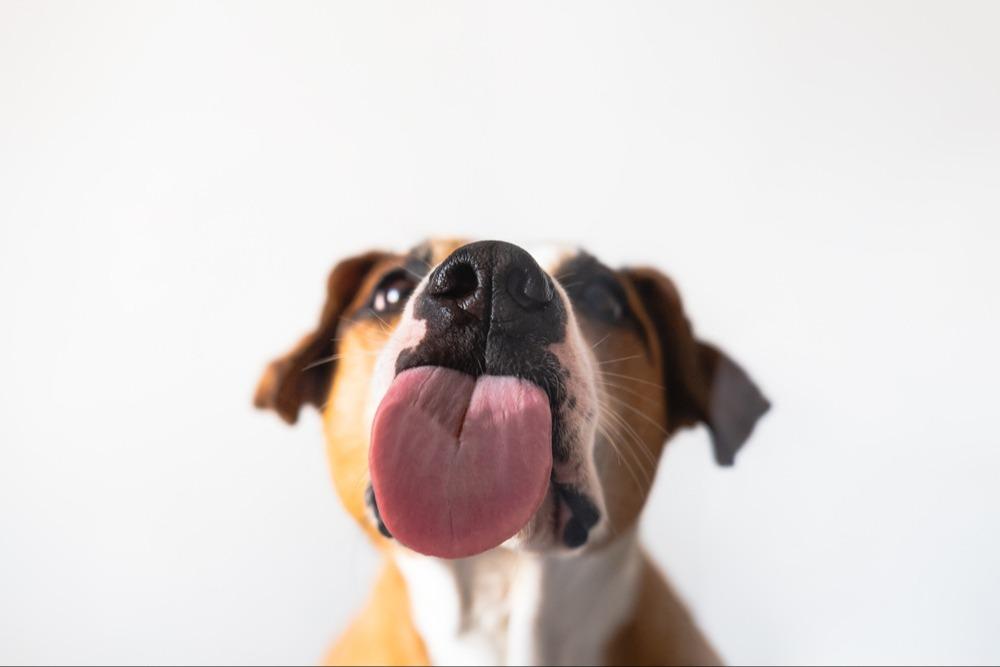
A common issue presented among our clients, readers, and followers here at My Pet Nutritionist is low stomach acid (hypochlorhydria).There are numerous signs and symptoms that your pet may have low stomach acid; let’s discuss the most common ones!
Low stomach acid will usually result in Acid Reflux, or it’s most severe form, Gastroesophageal Reflux Disease (GERD). When a dog has GERD, there is a backflow of stomach acid. Dogs presenting with the below clinical signs, are often prescribed Proton Pump Inhibiting drugs (PPI’s), which suppress acid secretion in the stomach, and can provide temporary relief, but can cause more implications in the longer term, and will not erase the cause of the low stomach acid, or its symptoms.
Most commonly seen in brachycephalic dogs and cats, and those with shorter a oesophagus, low stomach acid is being seen more and more often in the animal health and nutrition industry.Read our Guide to Acid Reflux here
Probably the most common sign of low stomach acid is regurgitation (bringing up partly digested food), bringing up bile (clear, yellow substance produced in the liver, and stored in the gallbladder for use during digestion), and sometimes bloody vomit.
These various nauseating problems occur due to the mixture of digesting/partly undigested food, known as chyme, sitting in the stomach for prolonged periods of time. When it sits in the stomach for so long, inflammation worsens in the area, which ultimately causes food or bile to come back up, since it is unable to go down!
A popular supplement used as part of many dogs’ battles against regurgitation, is Deglycyrrhizinated Liquorice (DGL)which is a great anti-inflammatory for the stomach, and helps heal the gut.
Dogs and cats fed a raw diet while suffering from low stomach acid, will often be unable to properly digest meat and bone. Pets with indigestion will often have pieces of bone and fresh-looking meat in their vomit. In order to digest bone and meat (or other sources of protein), the gastrointestinal juices must be acidic. If there is little acid available, the pet will be unable to digest and utilise the bone and meat.
During fasting (between meals), the dogs gastrointestinal juices are around pH 7.3, which is almost neutral. In anticipation of food, during eating, and during the process of digestion, the gastric juices drop to a very acidic pH of 1 to 2 – that’s not too dissimilar to the pH level of battery acid!Findings Here
We often recommend a gently cooked diet as per our balanced recipes for those suffering with low stomach acid, as cooked meat and bone substitutes are much easier to digest.
Another very common sign of low stomach acid is lip licking, often called ‘lip smacking’, as well as licking the air. These are not only signs of pain, but also signs of nausea in both dogs and cats. Drooling and lack of appetite are also signs of nausea in both species.
Due to the inability to digest food properly and efficiently, stomach pain (particularly after eating) is common in those suffering with low stomach acid production. Dogs especially, often display unusual behaviours like bowing (just like the ‘downward dog’ yoga position!) when their stomach is sore. This position can help relieve the pain. Some pets will look sharply at their stomach when in pain, which is a very subtle sign, so often one missed. Cats will often become more vocal when in pain, or lose their appetite.
Stomach pain can also be caused by bloating, and excessive gas. The inflammation of the stomach can lead to visible bloating. The gasses produced by the chyme mixture in the stomach will also further add to the bloating. In order to release these gasses, owners of pets suffering with low stomach acid will often notice more passing of wind through the anal passage, or through burping. Probiotics and gut healing protocols can help reduce these symptoms.
Another cause of bloat and excessive gas is bacterial overgrowth in the gut. Known as SIBO (Small Intestine Bacterial Overgrowth), the overgrowth of bacteria alters not only gut motility, but also affects the gut-brain axis.
Burping and empty swallowing (regular swallowing despite the pet not eating or drinking beforehand) are signs the pet has low stomach acid.
Due to the low stomach acid content, the chyme will produce gasses which will cause burping and the feeling of sickness, hence the swallowing. Dogs and cats may also swallow when they have regurgitated, which would appear as empty swallowing.
Irregular bowel movements and consistency of bowel movements can be a sign of low stomach acid in dogs and cats. Due to the lack of appropriate levels of stomach acid in these individuals, their metabolic rate decreases, meaning that important parts of the diet will take differing times of absorption, which can play havoc on the bowel. Pets who struggle with indigestion of raw bone may struggle with diarrhoea.
A large part of the problem when it comes to irregular bowel issues, is down to bacterial overgrowth in the gut. As previously mentioned, SIBO has a huge impact on the gut-brain axis, as well as gut motility, leading to malabsorption of nutrients which can ultimately lead to both chronic and non-chronic diarrhoea and constipation.
Conditions such as IBD may be diagnosed following SIBO in dogs with low stomach acid.Findings Here
As the chyme is stuck in the digestive system for such along time, it can lead to bad breath. Many pet owners associate bad breath with oral hygiene/dental issues, which is absolutely a possibility. These owners are often startled to see their pets have perfect oral health; yet are still suffering from bad breath. Digestive issues are a very common cause of bad breath, so it’s important to look into these too, especially SIBO.
Focusing on the gut health should dramatically improve bad breath. When working on gut health, supplements such as marshmallow root or slippery elm can help heal any damage to the integrity of the gut (poor gut integrity is a sign of gut dysbiosis), and the addition of a clean probiotic, such as a Soil Based Probiotic (SBO) can then help recolonise the gut, which reduces the risk of bad breath by enabling better digestion. Soil Based Probiotics are especially good for battling SIBO. DGL is another gut healing supplement, often useful for those suffering from poor digestion due to low stomach acid.
Coming hand in hand, loss of appetite and weight loss are common symptoms seen by those suffering from low stomach acid production. The potential for bacterial overgrowth in the gut and its affect on the gut-brain axis may have a huge influence on the appetite of the pet.
Dogs and cats may reduce the amount they’re willing to eat, due to the feeling of nausea; just like us humans when we are feeling unwell, we tend not to eat much. Over time, reduced intake of calories will take a toll on the dog or cat’s physique and result in a reduction in weight.
A common symptom that your pet has a food intolerance is low stomach acid production. While researchers are still carrying out studies into why this is the case, they suggest a strong link between the two. The reduced ability to digest proteins due to the low production of stomach acid has an impact on IgE responses.
Once again, due to bacterial overgrowth in the gut, along with toxins, Leaky Gut Syndrome is common in dogs with low stomach acid levels, thus meaning there’s a higher risk of intolerances due to poor gut integrity. When a dog has a leaky gut, food particles leak into the bloodstream, which are then recognised as foreign bodies, causing a histamine response which presents as an intolerance.
Gastric acid in the digestive tract is essential to enable appropriate iron absorption. Owners who discover an iron deficiency in their pet, will often find their pet has low stomach acid so is unable to efficiently absorb and utilise iron in the diet. In the more severe cases, the pet may be diagnosed with anaemia.
Vitamin B12 (Cobalamin) is an essential micronutrient which is taken from many protein sources in the diet. In order for vitamin B12 to be absorbed, it needs to be cleaved from the dietary proteins which hold it,however stomach acid is required to do this efficiently. With a lack of available stomach acid, a vitamin B12 deficiency may be diagnosed. Clinical signs of B12 deficiency include lethargy, muscle weakness, ulcerations in and around the mouth, and behavioural changes.
Using PPIs such as Omeprazole, often given when a pet (or human!) is showing signs of acid reflux, has been proven to decrease the ability for B12 to be extracted from foods due to further reducing the stomach acid content. It’s very important to supplement the diet of any animal being given PPIs, with a suitable B12 supplement.
If your pet is experiencing the above symptoms, don’t hesitate to book in with one of our team!
Team MPN x





